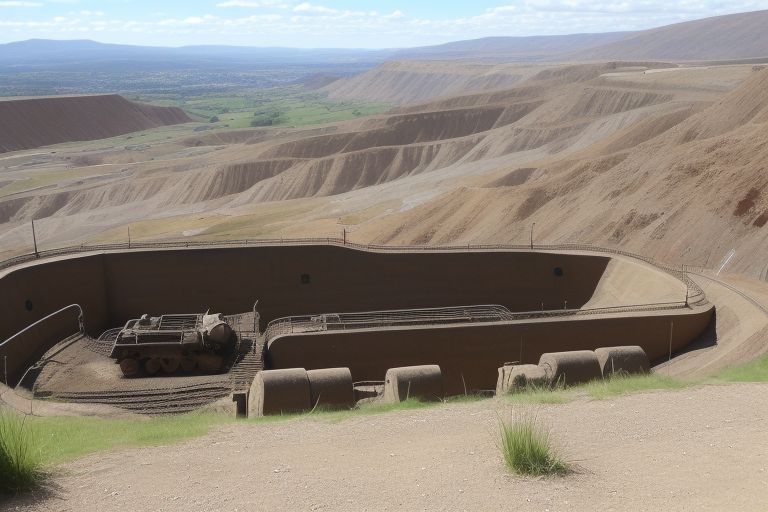Urban green spaces, encompassing parks, gardens, and natural landscapes within urban environments, play a crucial role in creating happier, healthier cities. These areas are not merely aesthetic enhancements but are integral to the well-being of urban populations. They offer a myriad of benefits, both psychological and physical, that contribute to the overall quality of life in densely populated areas.
Psychological Well-being
Urban green spaces are havens for mental health. They provide a respite from the concrete jungle, offering a sense of tranquility and peace that is often scarce in bustling city environments. Studies have shown that spending time in nature or even viewing green spaces from a window can significantly reduce stress levels, enhance mood, and improve overall mental health. These areas serve as communal spaces for social interactions, which are vital for emotional support and combating feelings of isolation.
Physical Health Benefits
The health benefits of urban green spaces are extensive. They promote physical activity, whether through walking, jogging, cycling, or recreational sports, thereby combating obesity and related health issues such as diabetes and heart disease. Green spaces also contribute to cleaner air, as plants absorb pollutants and produce oxygen. Exposure to greenery has been linked to improved immune system function, reduced risk of chronic illnesses, and accelerated recovery from surgery or illness.
Environmental Impact
Beyond individual health benefits, urban green spaces play a crucial role in environmental sustainability. They are critical for biodiversity, providing habitats for various species within urban settings. These spaces help mitigate urban heat island effects, where concrete and asphalt surfaces increase city temperatures. Through the process of evapotranspiration, plants in green spaces can cool urban areas, reducing the need for air conditioning and lowering energy consumption.
Social Cohesion and Community Development
Urban green spaces foster social cohesion by providing a venue for community engagement and activities. Parks and community gardens are places where people of all ages, cultures, and socioeconomic backgrounds can come together, fostering a sense of belonging and community identity. They offer educational opportunities for children and adults alike, from understanding nature conservation to learning about local flora and fauna.
Challenges and Solutions
Despite their importance, urban green spaces face challenges such as land use conflicts, maintenance costs, and environmental degradation. To address these issues, cities must integrate green space planning into urban development strategies, ensuring equitable access across all neighborhoods. Innovative solutions like green roofs, vertical gardens, and the revitalization of derelict areas can augment traditional parks and gardens. Community involvement in the creation and upkeep of these spaces is also vital, as it ensures that the needs and preferences of local residents are met.
In conclusion, urban green spaces are essential components of healthy, vibrant cities. They enhance the well-being of residents, support environmental sustainability, and promote social cohesion. As cities continue to grow, the thoughtful integration of green spaces into urban landscapes will be key to developing resilient, happy, and healthy communities.
